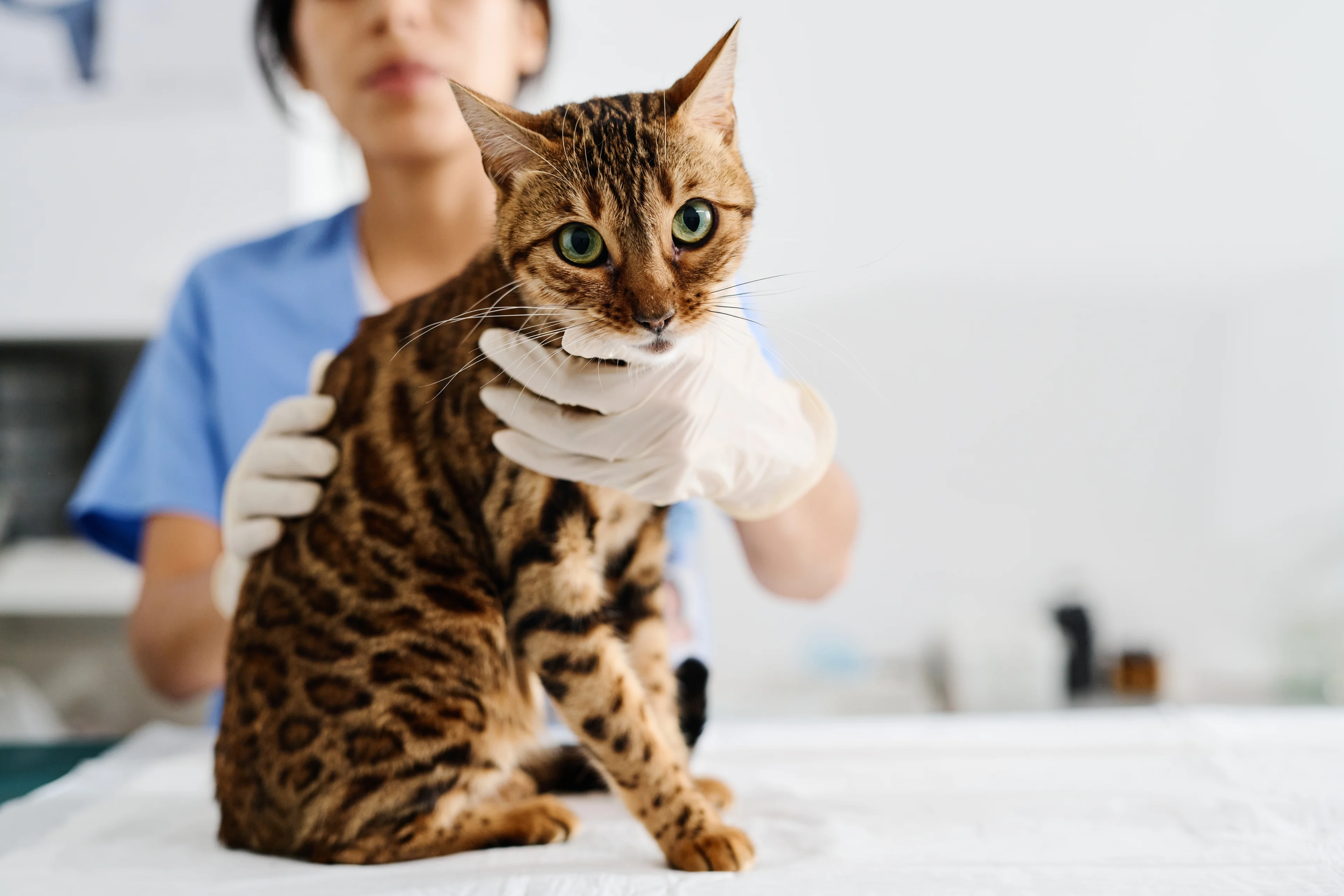FELINE HEALTH RESOURCE CENTER
Cats deserve to be the center of attention (at least, that’s what they said when we asked), so we’ve created a portal to a world of cat-only content to help us all keep them happy, healthy, and running the show. Find new facts and review your knowledge in this comprehensive feline health library.

PORTAL-EXCLUSIVE CONTENT
Vaccine options have changed for our feline friends in recent years. Follow the case of Jasper, the domestic longhair cat, as he seeks a personalized vaccination plan, and test your vaccine knowledge base along the way.
When are antibiotics indicated in feline upper respiratory disease? Which are effective? See how Annie’s case unfolded to get the answers and refresh yourself on feline upper respiratory tract disease.
A smooth, uneventful anesthetic event as a result of good preanesthesia can lead to decreased stress and increased overall job satisfaction for the veterinary team. Check out these real-world cases that demonstrate balanced analgesia using buprenorphine.
From recognizing clinical signs to understanding the nuances of diagnostic testing, this webinar will offer practical advice for approaching these 3 common feline diseases.
In this episode of the Clinician’s Brief Partner Podcast, host Dr. Beth Molleson talks with Dr. Tracey Deiss and Dr. Tamara Grubb to break down the 4 phases of anesthesia and how each is critical to a smooth and successful recovery. You’ll get practical tips on how to avoid hypothermia, prolonged and traumatic recoveries, and perioperative vomiting to result in safer anesthesia for the patient and less stress for the veterinary team.
Is the cost of care always the elephant in the examination room, or is that an unfounded assumption? In this episode of Clinician’s Brief Partner Podcast, host Dr. Beth Molleson sits down with Dr. Tracey Deiss to discuss new survey results that shed light on the factors influencing veterinary recommendations and the driving forces behind pet owner treatment decisions. Dr. Deiss also shares how using the PAWs acronym can help leave ‘assumption bias’ at the door the next time you create a treatment plan.
Related Articles
Dogs and cats have different requirements for safe and effective anesthesia. Understand these 5 principal differences in anesthetic management for canine and feline patients.
Knowing when to prescribe antimicrobial treatment is integral to daily practice due to the increase in antimicrobial resistance in humans and animals. Learn what steps to take to ensure good antimicrobial stewardship in your clinic.
Feline parasites can impact both cat and human health. Uncover what parasites are most prevalent and how to look for them.
Visits to the veterinary practice can be traumatic for cats—and their owners. Implement these tips and tricks to create a low-stress environment for feline patients.
NSAIDs are helpful for postoperative analgesia in healthy cats, but they have the potential to adversely affect kidney perfusion. Explore the results of this study that examined the effects of perioperative NSAIDs on renal function.
An expert lists 5 tips for enriching an indoor cat’s environmental and social needs.
Although osteoarthritis (OA) is not curable, the intensity of OA pain can be slowed if identified and treated early. Equip your team and your clients with the tools necessary to ensure these patients retain good quality of life.
MORE RELATED CONTENT
How can clinicians guide pet owners through the sensitive period of kitten development? Review this guide to help optimize a kitten’s maturation to adulthood and to enrich the human–animal bond.
Recognizing pain behaviors is important for guiding treatment in veterinary medicine. Learn what behaviors might be worth noting after dental extractions in cats.
Explore 5 unique clinical characteristics between your canine and feline patients.
Osteoarthritis pain can be a serious health problem in cats, and changes in behavior could be signs of this disease. Snag this checklist to share with pet owners to help them determine whether any of their cat's activities and behaviors may be signs of osteoarthritis.
Up your feline osteoarthritis examination skills. In these how-to videos, Dr. Duncan Lascelles demonstrates how a simple and successful OA examination can be accomplished by following a 3-stage approach that includes owner assessment.
Did you know osteoarthritis affects 60% of adult cats? Follow the interactive case of Abby, a 13-year-old cat, to get tips on how to detect and treat feline OA, including an introduction to a revolutionary, new FDA-approved treatment.


















